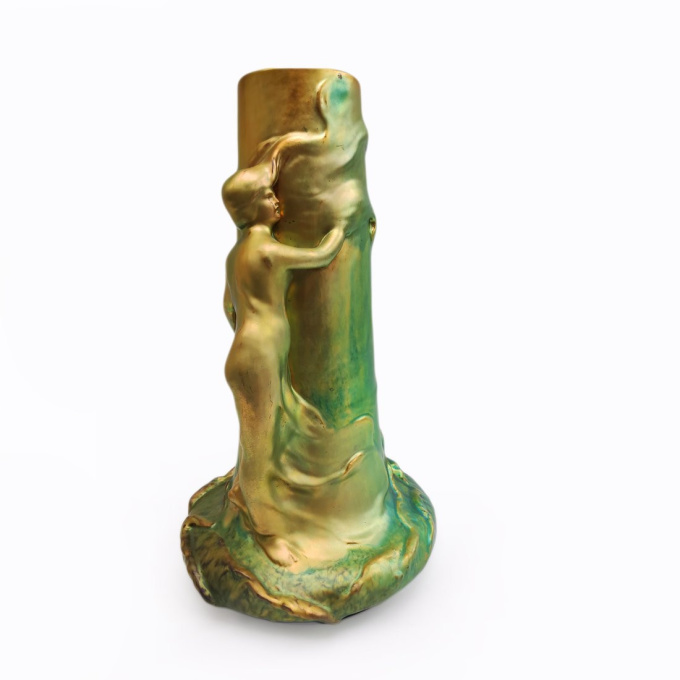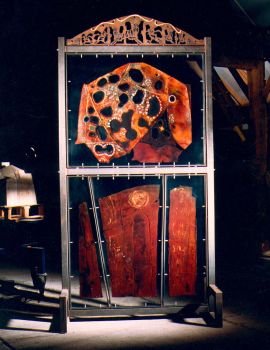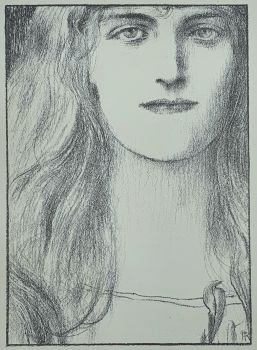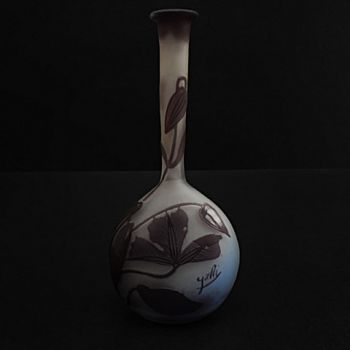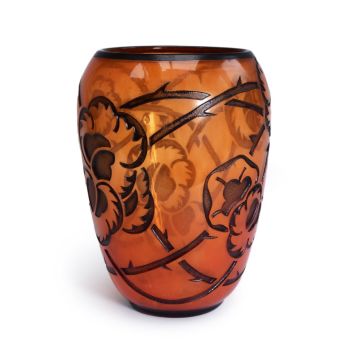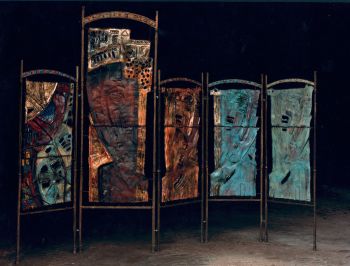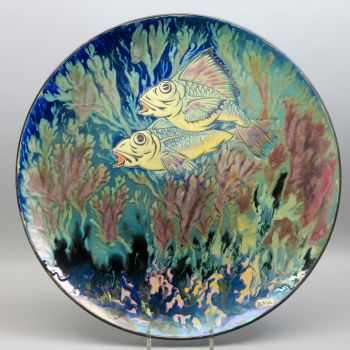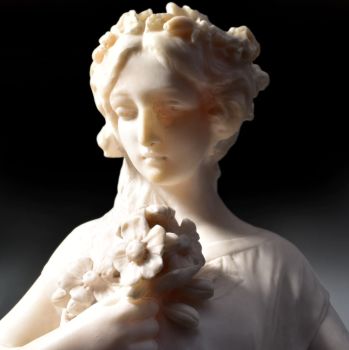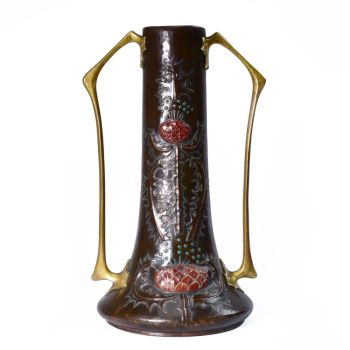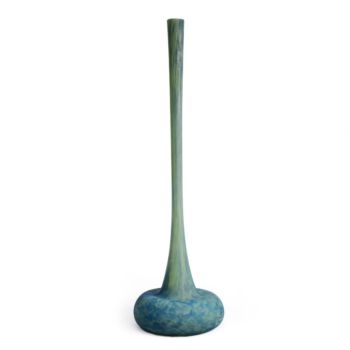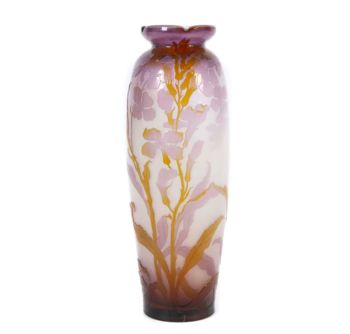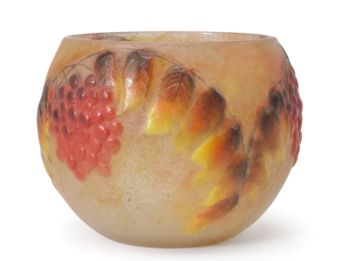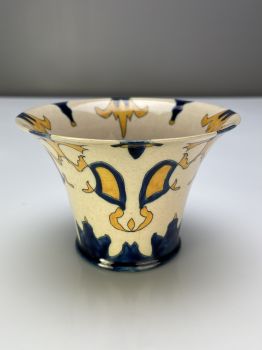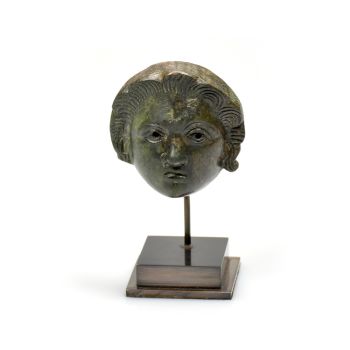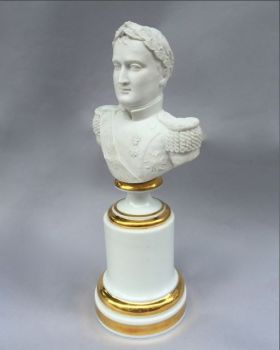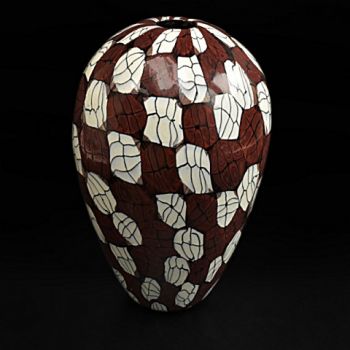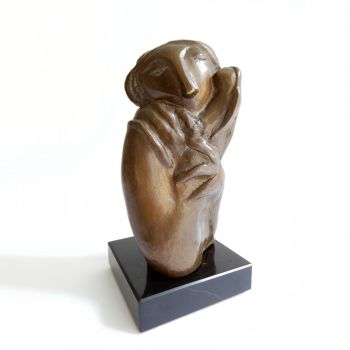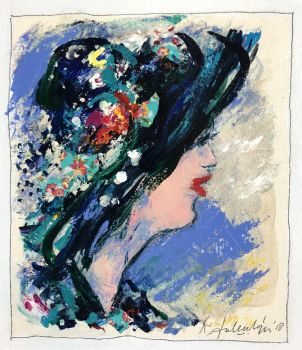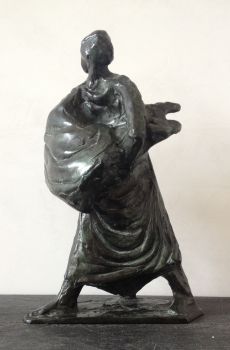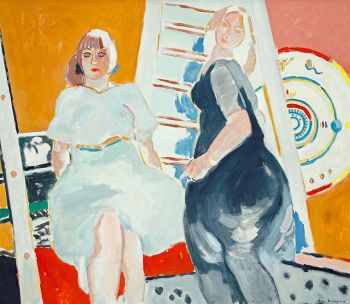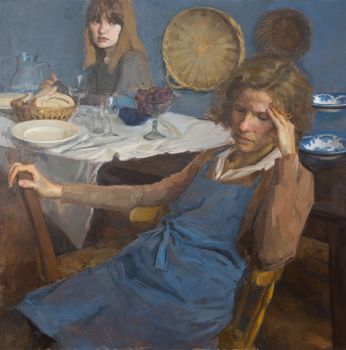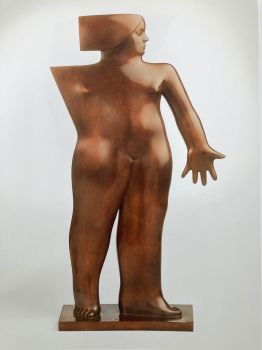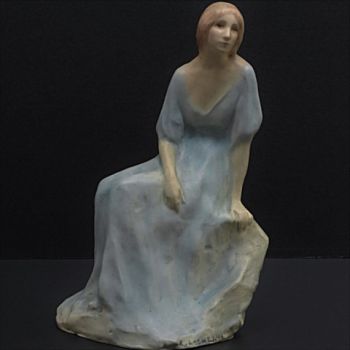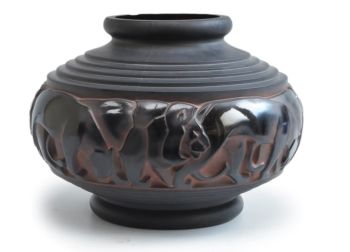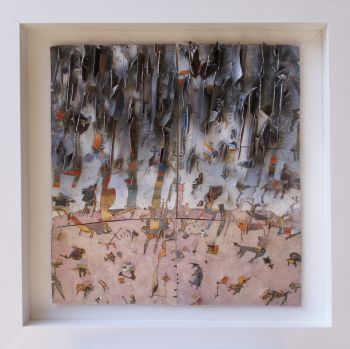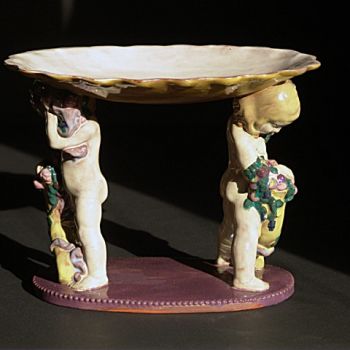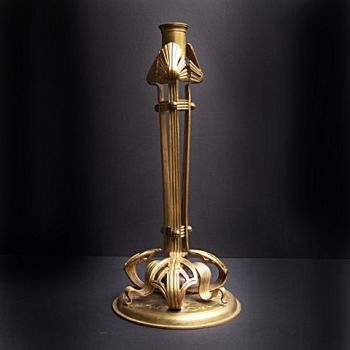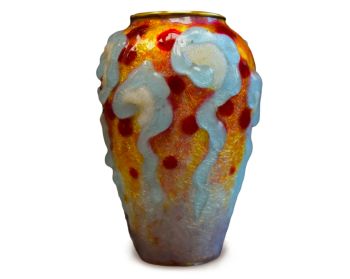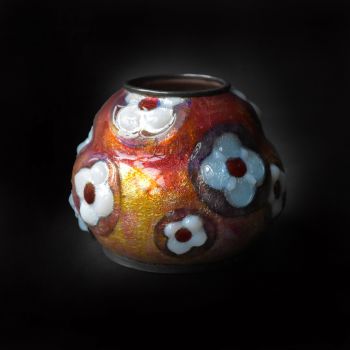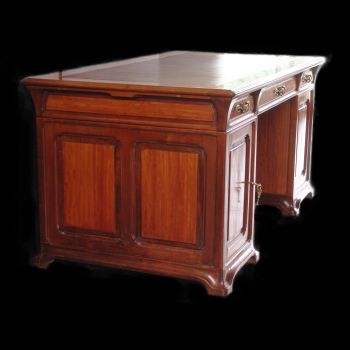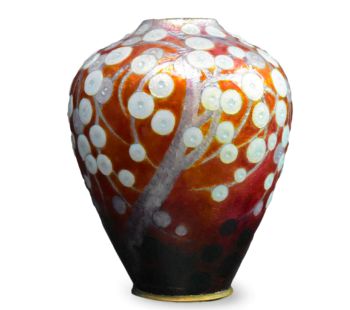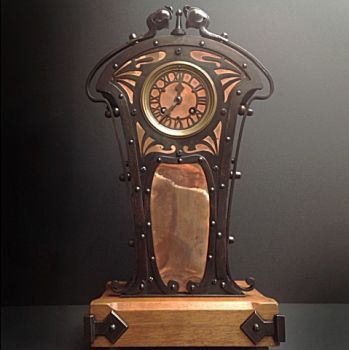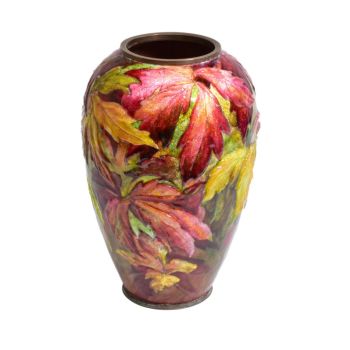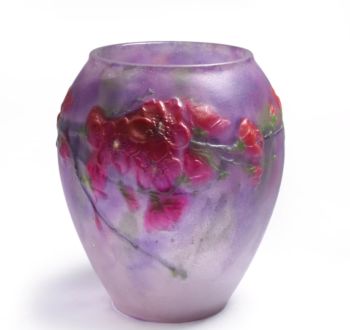'On the rocks' 1900
Zsolnay Porcelánmanufaktúra Zrt
Eosin glasureCeramic
44 ⨯ 26 ⨯ 25 cm
€ 11.500
Het Ware Huis
- About the artwork
ZSOLNAY 'On the rocks' 1900, Hungary Normal price €11,500.00 EUR Very rare and large vase from 1900 by Zsolnay. The design is by their best known artist; Lajos Mack. It depicts a woman in a long robe and with long hair in the wind, clinging to a rock face against which the raging waves splash. A theme that we encounter more often in Art Nouveau. It is the search for something to hold on to in a time around 1900 when the world was changing dramatically. A separate room was devoted to this at the 2021 Goddesses of Art Nouveau exhibition in the Allard Pierson Museum in Amsterdam. Zsolnay's eosin glaze is world famous and this is an extraordinarily large specimen in perfect condition.
- About the artist
Zsolnay, or formally Zsolnay Porcelánmanufaktúra Zrt (Zsolnay Porcelain Manufacture) was born in 1853 in Hungary.
He is a Hungarian manufacturer of porcelain, tiles, and stoneware. The company introduced the eosin glazing process and pyrogranite ceramics.
The Zsolnay factory was established by Miklós Zsolnay (1800–1880) in Pécs, Hungary, to produce stoneware and other ceramics in 1853.
In 1863, his son, Vilmos Zsolnay (1828–1900) joined the company and became its manager and director after several years. He led the factory to worldwide recognition by demonstrating its innovative products at world fairs and international exhibitions, including the 1873 World Fair in Vienna, then at the 1878 World Fair in Paris, where Zsolnay received a Grand Prix.
In 1893, Zsolnay introduced porcelain pieces made of eosin. Tádé Sikorski (1852–1940) married Vilmos’ daughter Júlia and became the chief designer. In 1900 Vilmos’ son Miklós took over. Frost-resisting Zsolnay building decorations were used in numerous buildings specifically during the art nouveau movement.
By 1914, Zsolnay was the largest company in Austro-Hungary. During World War I production of pottery and building materials were curtailed, and the factory produced for military use, for instance insulators.
After World War I the fortunes of the factory declined due to the Serbian occupation, loss of markets, and difficulty to secure raw materials. However, after the depression, conditions improved. During World War II its site of production in Budapest was bombed. With the rule of communism the factory was nationalized in 1948.
Eventually, the Zsolnay name was dropped. The Pécsi Porcelángyár (Pécs Porcelain Factory) was used primarily to produce common tableware goods. However, in 1982 with the resumption of a market economy, the company regained its operational independence, was reorganized, and the Zsolnay name returned.
In 1991, the Zsolnay Porcelain Manufacture became a stock company, and five years later it was bought by a private equity enterprise. In September 2008 a contract was concluded with the Swedish company, IKEA. According to the contract, Zsolnay will deliver 5,000 tonnes of ceramics per year from September 2009. This deal will triple the sales of Ft 1,1 billion (€4,4 million)for Zsolnay.
Are you interested in buying this artwork?
Artwork details
Related artworks
- 1 - 4 / 24
- 1 - 4 / 24
- 1 - 4 / 24
- 1 - 4 / 24
- 1 - 4 / 12

